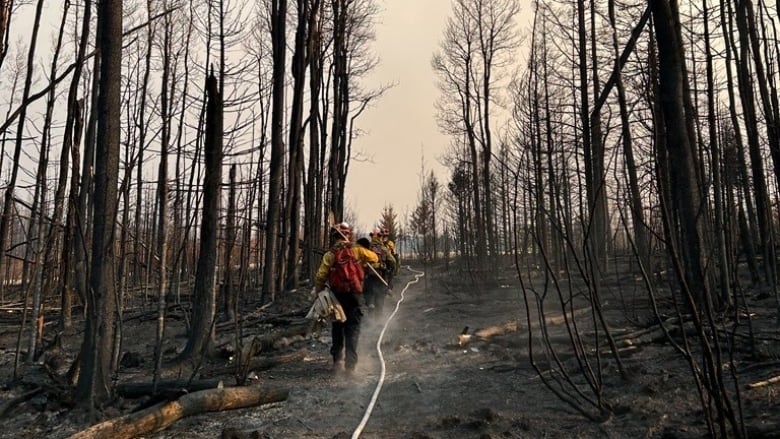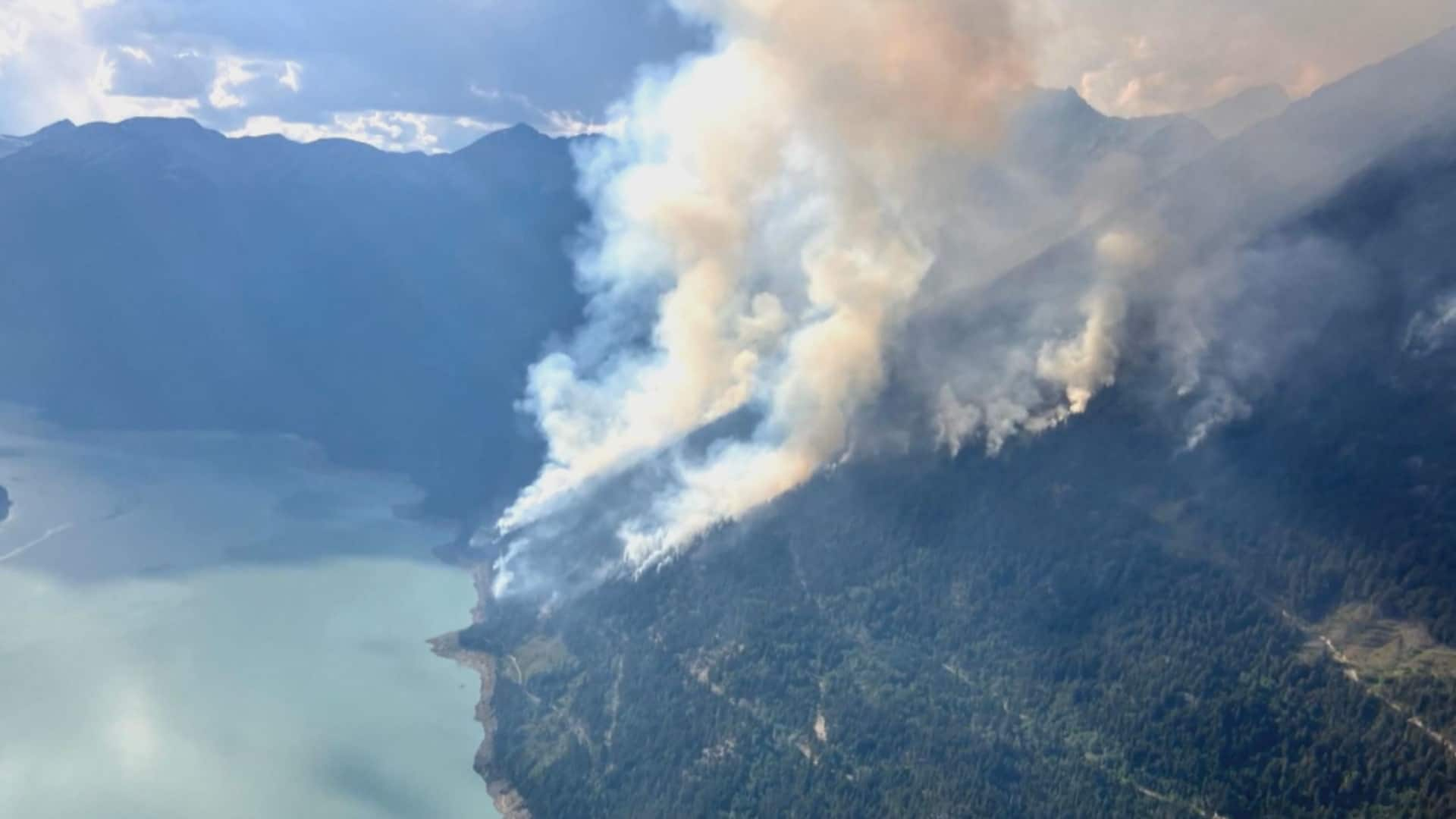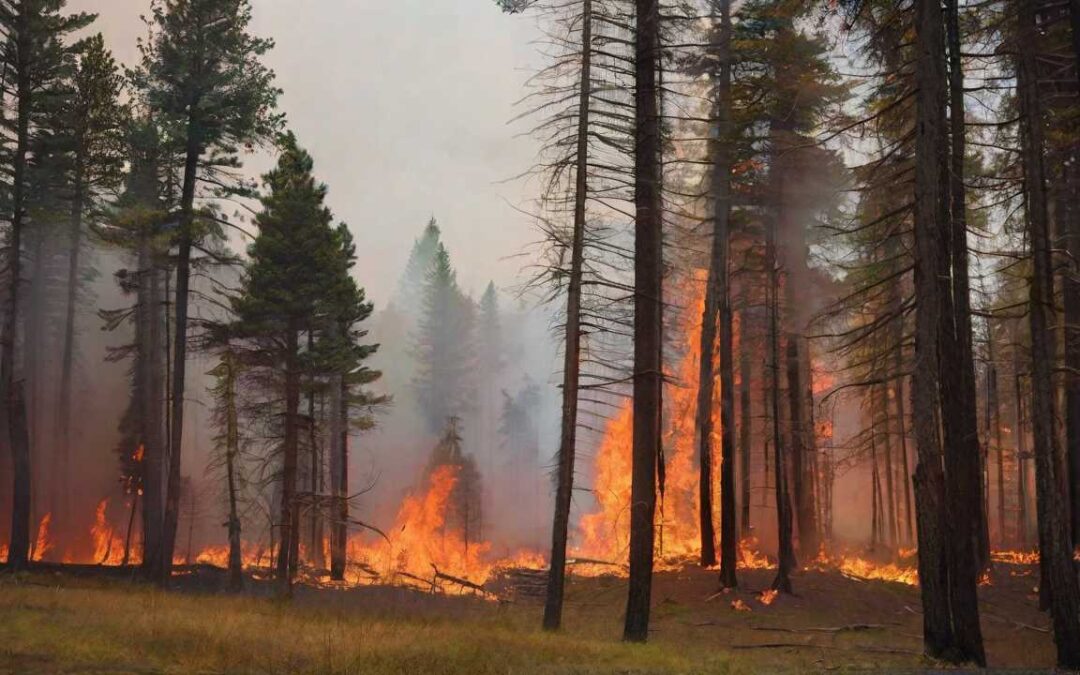It’s the last week of April 2024 and already there are 50 wildfires burning across the province!
Alberta firefighters are grappling with 64 fires still burning from the 2023 season, as the province gears up for another challenging fire season!
Alberta is gearing up for another challenging fire season as summer drought conditions settle in. With many communities already experiencing parched conditions due to a lack of winter snow cover, officials are urging residents to be vigilant in the coming weeks.
https://www.cbc.ca/player/play/video/9.4206488
Alberta’s Difficult 2024 Wildfire Season Underway
According to Christie Tucker, an Alberta Wildfire information unit manager, fire crews are preparing for a long and difficult season. Despite a temporary dip in temperatures, the wildfire danger is far from over. The drought conditions in Alberta make it possible for trees and grasses to burn, especially when accompanied by high winds.

Current Wildfire Situation
It’s the last week of April 2024 and already there are 50 wildfires burning across the province. Four of these wildfires are classified as being held, while 46 are under control. It’s important to note that these numbers do not include fires burning outside of Alberta’s forest protection zones.
This year’s fire season began earlier than usual, with crews being deployed to fires that started during last year’s unprecedented fire season. The official start of the fire season was brought forward by 10 days in March.
The majority of the fires currently burning actually began last year and have smoldered through the winter. Only 12 of the current fires ignited this spring.
Fire Load and Risk Assessment
Crews have already fully extinguished 148 fires since the beginning of 2024. Tucker mentioned that they started this year with 64 wildfires still burning from last year, which means firefighters are entering the spring with a heavier fire load than usual.
As of Thursday, the risk of wildfires across Alberta ranges from low to high, with the Lac La Biche and Peace River regions considered the most at risk due to current conditions.
Drought Conditions and Water Rationing
Many areas in Alberta are currently dealing with drought conditions, particularly in southern Alberta. Communities in these areas are already grappling with how to ration water this summer.
Additionally, the meager snow cover from a dry winter has quickly disappeared across the north, leaving the soil bone-dry.
Increased Fire Consumption
So far this season, approximately 500 hectares have already been consumed by fire. This is an increase of about 400 hectares compared to the same time last year. While officials hope for more precipitation, they are prepared for the worst-case scenario if it doesn’t happen.
Alberta’s Preparedness and Response
During a recent update, Todd Loewen, the Minister of Forestry and Parks, assured that Alberta is well-equipped to respond to wildfires.
After the unprecedented season in 2023, a critical part of this year’s wildfire strategy was ensuring that crews were trained and ready to be deployed early.
The province has enlisted the help of 297 government wildland firefighters, 280 fire attack firefighters, and 172 seasonal support staff, in addition to its regular permanent full-time staff.
They are also bringing on about 30 new people every week, ensuring that all crews will be fully trained and prepared to be deployed by May 15.

Alberta’s government has secured additional contracts for air tankers, heavy equipment, and night vision-equipped helicopters. This will enable crews to fight more fires after dark. Minister Loewen emphasized that the government is taking a proactive approach to wildfire prevention. However, it is crucial for every Albertan to do their part in preventing wildfires.
Possible Record Year for Wildfires
Last year was a record-breaking year for wildfires in Alberta. An early May heatwave fueled fires across the province, leading to a provincial state of emergency and the evacuation of 38,000 Albertans from their homes.
From March 1 to Oct. 31, a total of 1,088 wildfires burned approximately 2.2 million hectares of land. This was significantly higher than the province’s five-year average prior to 2023, which was 226,000 hectares of burned land.
Human-Caused Fires
It’s important to note that most forest fires in Alberta are caused by humans. This season, 70% of the fires have been attributed to human activity, while the remaining 30% are still under investigation.
Over the past five years, 67% of wildfires in Alberta have been caused by people. Tucker clarified that the majority of human-caused fires are not intentionally set but rather the result of carelessness in provincial forests.
Work Together to Prevent Wildfires
Tucker emphasized that every Albertan has a critical role to play in reducing the risk of wildfires. With an early start to the season and potentially long months ahead, it is essential for communities and individuals to work together in preventing wildfires.

